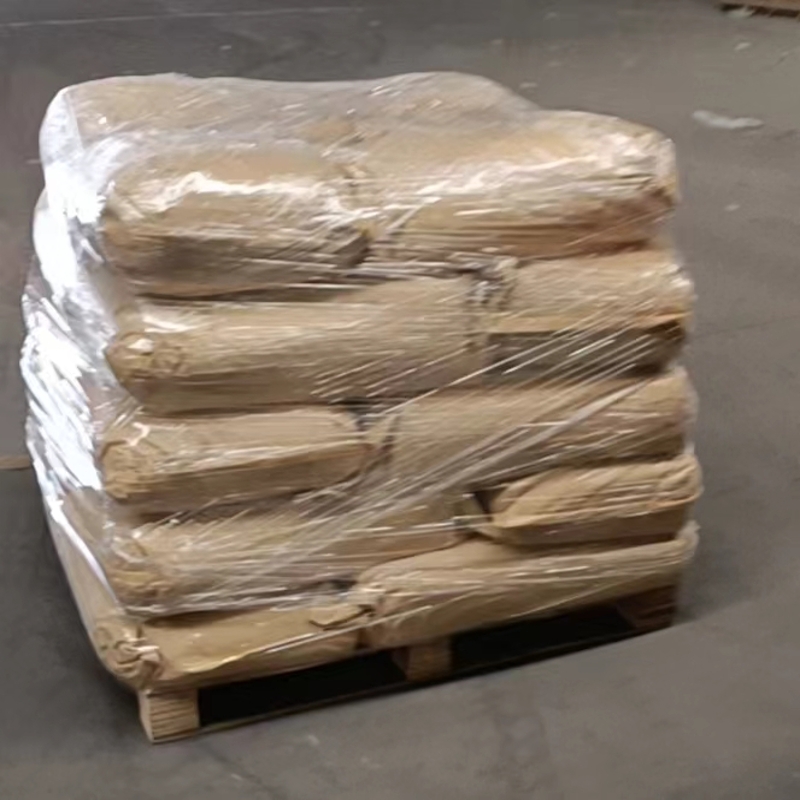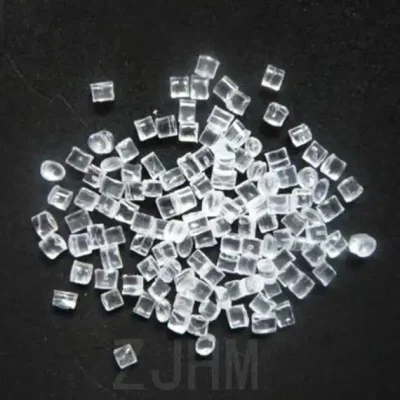-
Categories
-
Pharmaceutical Intermediates
-
Active Pharmaceutical Ingredients
-
Food Additives
- Industrial Coatings
- Agrochemicals
- Dyes and Pigments
- Surfactant
- Flavors and Fragrances
- Chemical Reagents
- Catalyst and Auxiliary
- Natural Products
- Inorganic Chemistry
-
Organic Chemistry
-
Biochemical Engineering
- Analytical Chemistry
-
Cosmetic Ingredient
- Water Treatment Chemical
-
Pharmaceutical Intermediates
Promotion
ECHEMI Mall
Wholesale
Weekly Price
Exhibition
News
-
Trade Service
The latest statistics released by the Organization of the Petroleum Exporting Countries (OPEC/:OPEC) in its annual statistical bulletin on Thursday showed that global proven crude oil reserves fell by 0.
4% last year from 2016 to 1.
483 trillion barrels, while natural gas reserves rose 0.
2% to 199.
4 trillion cubic meters
.
The report estimates that at the end of 2017, the proven crude oil reserves of the 14 OPEC members stood at 1.
214 trillion barrels, down 0.
3%
from 2016.
But OPEC's share of total global crude oil reserves rose from 81.
8% in 2016 to 81.
9%
in 2017.
The report showed that OPEC's total crude oil exports averaged 24.
86 million barrels per day last year, 40.
6 million barrels less than in 2016, a decrease of 1.
6%.
OPEC exported an average of about 15.
56 million barrels per day of crude oil per day to the Asia-Pacific region last year, essentially unchanged from previous years, while Europe imported an average of 4.
64 million barrels per day from OPEC last year, an increase of 240,000 barrels
per day from 2016.
North America imported 3.
21 million barrels of crude oil from OPEC in 2017, down 82,000 barrels
per day from the 2016 average.
Global refining capacity increased by 104,000 barrels per day to 96.
93 million barrels per day in 2017, the report said, and that the increase in global refining capacity last year was "mainly supported
by new capacity additions in the Asia-Pacific region, particularly China and India.
" ”
In 2017, total global refining production rose 1.
6 percent to 83.
7 million barrels per day, with the largest
increases in Asia and North America, OPEC said.
The latest statistics released by the Organization of the Petroleum Exporting Countries (OPEC/:OPEC) in its annual statistical bulletin on Thursday showed that global proven crude oil reserves fell by 0.
4% last year from 2016 to 1.
483 trillion barrels, while natural gas reserves rose 0.
2% to 199.
4 trillion cubic meters
.
The report estimates that at the end of 2017, the proven crude oil reserves of the 14 OPEC members stood at 1.
214 trillion barrels, down 0.
3%
from 2016.
But OPEC's share of total global crude oil reserves rose from 81.
8% in 2016 to 81.
9%
in 2017.
The report showed that OPEC's total crude oil exports averaged 24.
86 million barrels per day last year, 40.
6 million barrels less than in 2016, a decrease of 1.
6%.
OPEC exported an average of about 15.
56 million barrels per day of crude oil per day to the Asia-Pacific region last year, essentially unchanged from previous years, while Europe imported an average of 4.
64 million barrels per day from OPEC last year, an increase of 240,000 barrels
per day from 2016.
North America imported 3.
21 million barrels of crude oil from OPEC in 2017, down 82,000 barrels
per day from the 2016 average.
Global refining capacity increased by 104,000 barrels per day to 96.
93 million barrels per day in 2017, the report said, and that the increase in global refining capacity last year was "mainly supported
by new capacity additions in the Asia-Pacific region, particularly China and India.
" ”
In 2017, total global refining production rose 1.
6 percent to 83.
7 million barrels per day, with the largest
increases in Asia and North America, OPEC said.







